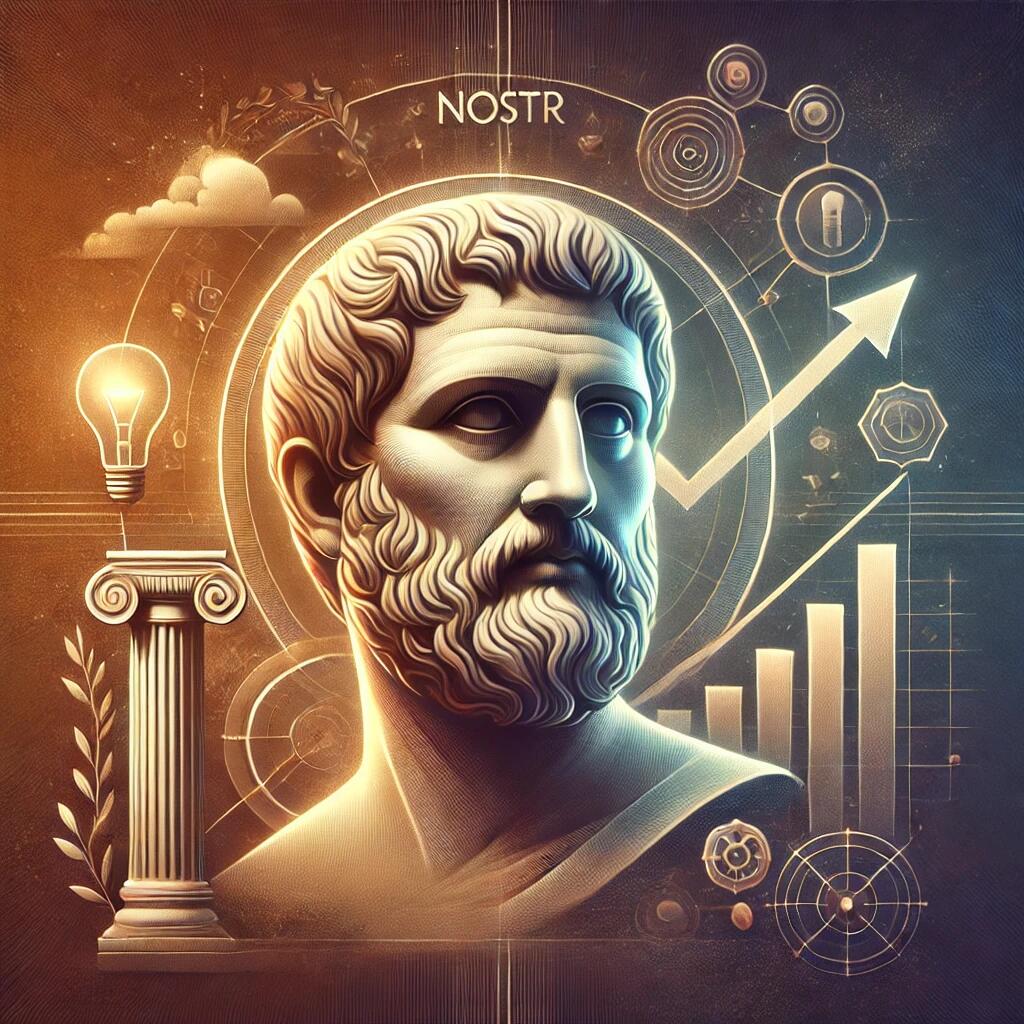-
 @ O.M
2025-03-03 05:23:48
@ O.M
2025-03-03 05:23:48Most people make decisions based on averages—what usually happens. But in high-impact fields like investing, startups, and technology, outliers drive the biggest results.
Instead of asking, "What is the average outcome?" ask: - ✔ What is the full range of possible outcomes? - ✔ How can I maximize the upside while protecting against the worst-case scenario?
Example in Action: Bezos, Thiel & Altman
Jeff Bezos & AWS
When launching Amazon Web Services (AWS), Bezos saw a small chance of massive success—cloud computing dominance—against a limited downside (R&D costs). He optimized for the best-case scenario, which became a trillion-dollar business.
Peter Thiel & Venture Capital
Thiel’s Power Law investing philosophy is based on distributions: Instead of funding many "average" startups, he focuses on a few outliers that can return 100x or more (e.g., Facebook, Palantir).
Sam Altman & OpenAI
Altman understands that AI breakthroughs follow an exponential curve—a small chance of creating AGI (Artificial General Intelligence) is worth more than incremental AI improvements.
How to Apply This Thinking
Map the Full Range of Outcomes
Instead of assuming an "average" result, consider: - Best-case scenario: How big can this get? - Worst-case scenario: What’s my downside risk? - Unlikely but extreme possibilities: What are the hidden risks or rare events?
Optimize for Asymmetric Upside
Focus on decisions where the upside is massive, even if the probability is low. - Example: Launching a new product in an emerging market versus incrementally improving an existing one.
Protect Against Catastrophic Downside
Even if an outlier event has a small chance, if it can ruin you, avoid it. - Example: Diversifying investments instead of going all-in on one bet.
Resources to Learn More
- Understanding Distributions vs. Averages – Farnam Street
- Jeff Bezos on Thinking Long-Term – Harvard Business Review
- Peter Thiel’s Power Law Thinking – NFX
Action Step: Apply This Today
- Pick one major decision you're working on.
- Instead of assuming an "average" result, analyze the full distribution of outcomes.
- Ask: Am I optimizing for a rare, high-upside event while managing the worst-case risks?
By thinking in distributions, you make better strategic bets, spot hidden risks, and maximize your long-term impact. 🚀